Your pooch might be suffering from separation anxiety. Find out what you can do about it.
Separation anxiety is a common problem for many dogs and their guardians. To the uninitiated, it may not sound like a big deal, but it's actually a very serious issue.
Signs of Separation Anxiety
If your dog has genuine separation anxiety, he feels extreme nervousness when you're away. What he's experiencing is the equivalent of a human panic attack he has no control over, and he's likely exhibiting one or more of the following inappropriate coping behaviors in your absence:Vocalizing. This is typically barking, whining, or howling that starts before you leave or soon after, and continues for most of the time you are away.
Drooling. Excessive salivation is considered by experts to be a red flag for separation anxiety when the excess drool only occurs when a dog is alone or believes she's alone.
Accidents in the house. Your dog has pee and/or poop accidents in random locations around your house rather than in one consistent spot, and this only happens when he's alone or believes he's alone.
Destructive behavior. Dogs with separation anxiety typically cause damage to doors or windows (exit points), or personal items such as clothing, pillows, or the TV remote control.
Behavior Modification Tips
The goal in treating your dog's separation anxiety is to reduce her dependence on you so that she can feel safe when you're temporarily away from home.Curbing Your Dog’s Attention-Seeking Behaviors
Don't respond in any way to her attempts to get your attention by barking, whining, jumping up, or pawing. Don't look at, talk to, or touch your dog when she's engaging in attention-seeking behaviors.Ignore your dog for 30 minutes before leaving home. Holding yourself to that half-hour window will prevent you from inadvertently reinforcing your dog's anxious behavior as you're preparing to leave.
When you arrive home, ignore your dog until he's relaxed.
Don't yell at or use physical punishment with your dog if you arrive home to destruction or a mess on the floor.Additional Recommendations
Leave your dog with an article of clothing or blanket with your scent on it.Leave a treat-release toy(s) for your dog to focus on in your absence. Place small treats around the house for her to discover, along with her favorite toys.
Add a flower essence blend like Separation Anxiety by Spirit Essences, Anxiety by Green Hope Farms, or Separation Anxiety Formula from OptiBalance to your dog's drinking water. This works wonders for some dogs.
Invest in an Adaptil collar or diffuser for your dog. Adaptil is a pheromone and is designed to have a calming affect on dogs.
Make sure your dog gets plenty of heart pumping exercise, playtime, mental stimulation, and TLC. The more full her life is when you're around, the calmer she'll be when you're not.
If your dog's separation anxiety is severe enough that she is very destructive when left alone or you're concerned she might hurt herself, you'll need to make other arrangements for her while you work to resolve her issues.
Now that you know the signs and what to do if your pooch is overly anxious, it's still important to remember to continue to be patient. Your doggy is learning how to cope with being alone while you're away and it might take a while for him to learn how to get used to it!
For more on separation anxiety in dogs, visit Healthy Pets.
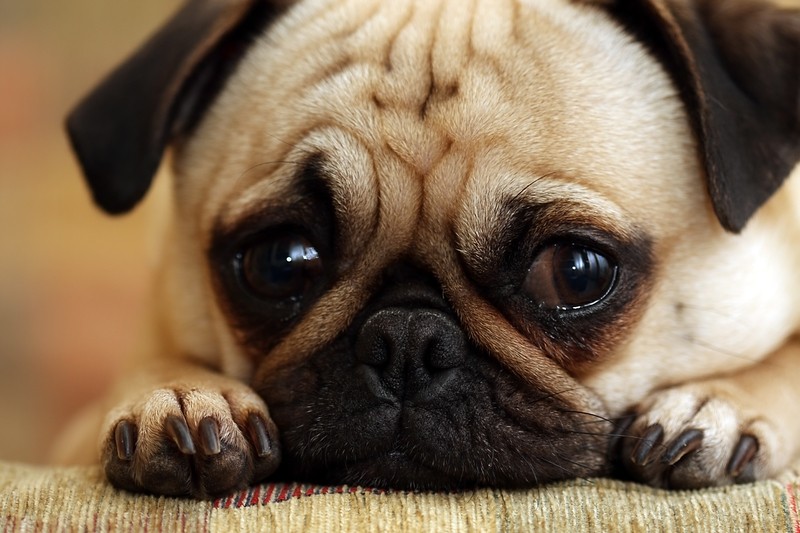
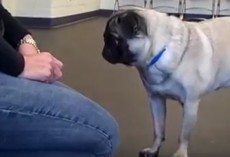
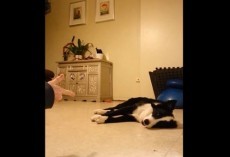
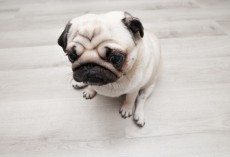
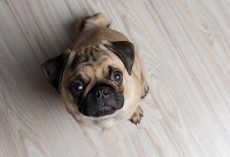
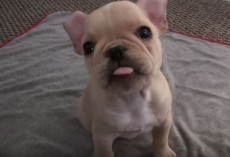

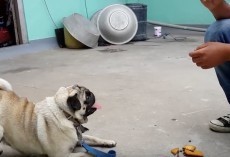
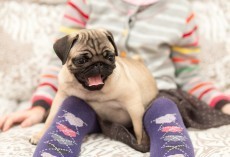
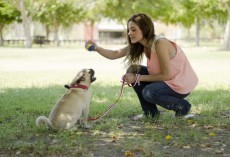
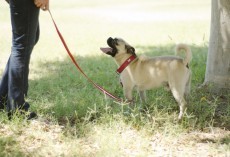
Linda Andrews
- Edit
A couple of my dogs had separation anxiety for a while right after I got them, but when they saw that I would come back whenever I went away, they got over it.
Layla Khuri
- Edit
Raja daww so sad and cute !
Kathy Pfiatner
- Edit
I love pugs
Darian Whitt
- Edit
Dawn Jefferies Whitt
Cheri White
- Edit
My lacey does when her dad is late getting home from work.
Anonymous
- Edit
Luckily for me my squeaker doesn’t suffer from this. He sometimes barks when I leave but normally he just goes and lays in my bed until I get back. But he also very rarely gets left alone. He goes by-by with me 90% of the time. He gets to go to work and everything. Only time he is home alone is when I’m going shopping and I know I will be gone awhile. If it’s a short trip he goes with me and I leave the car running for him. He is definitely spoiled!
Vilayvone Ford
- Edit
A Spoiled Squeaker is Happy Squeaker!
Kevin Frost
- Edit
Amiee Pehringer Spero
Dan Gorsuch
- Edit
Tabitha L Moore Caesar
Tabitha L Moore
- Edit
Gotta stop letting the bubbas jump on us when we get home…lol